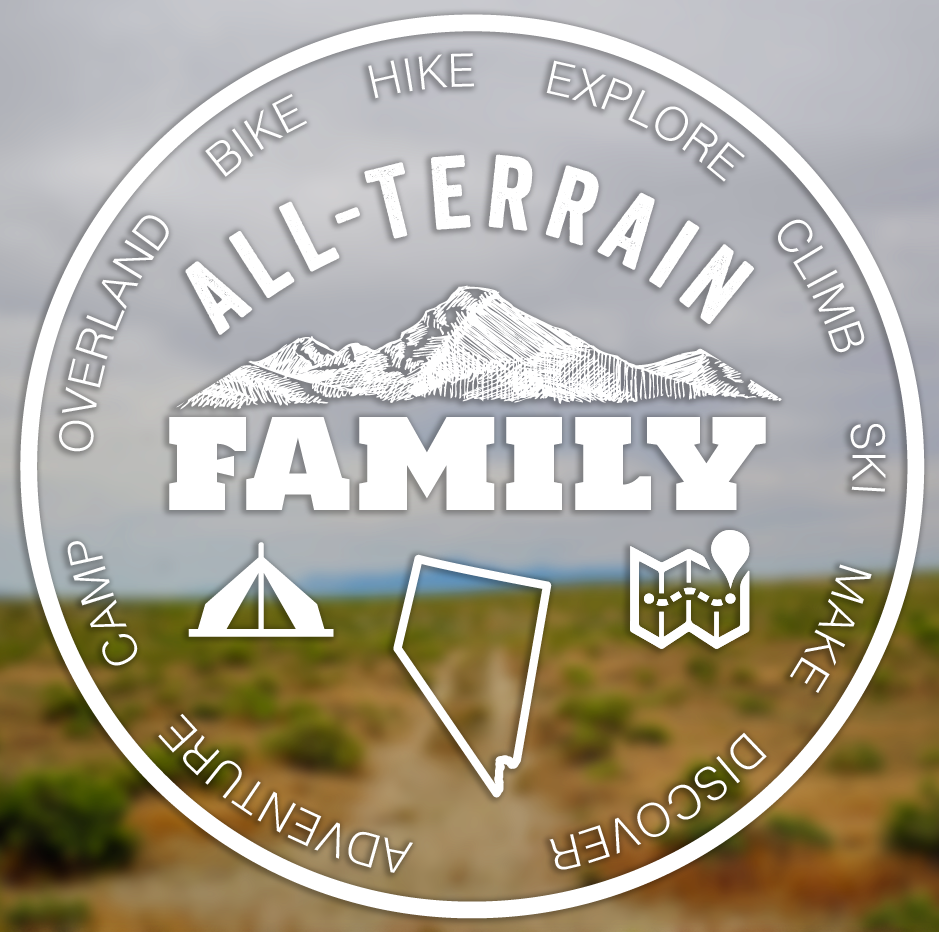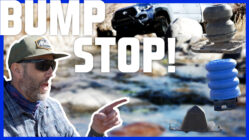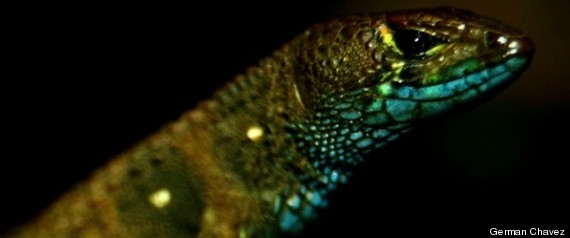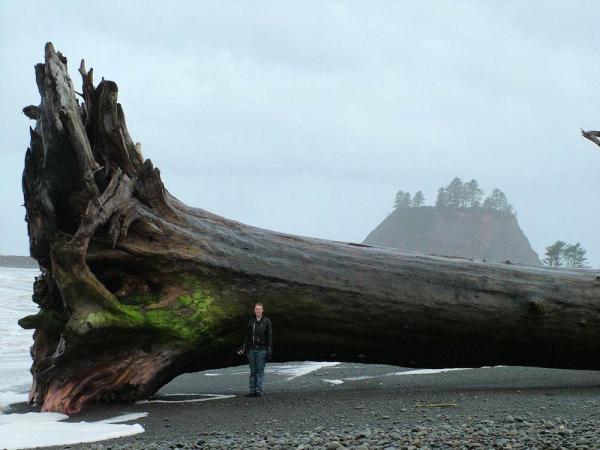Scientists in the Carribian island of Bonaire are using GPS tracking devices and a Google Maps integration to give them and the rest of us a live view of their study subject’s whereabouts on their migratory travels through the sea.

Endangered Species
Hawksbill Turtles are a critically endangered species of sea turtles native to the ENTIRE WORLD. They are a WORLDWIDE species living mainly in sub-tropical regions of the Pacific, Atlantic and Indian Oceans. The most important region for Hawksbill Sea Turtles is currently the Caribian Sea south of the United States and North of South America off the coast of Mexico.

Tracking Hawksbill Turtles
In an effort to understand more about how Hawksbill Sea Turtles migrate and reproduse, scientists have been tracking the movememts of a Hawksbill named Jklynn with GPS and a Google Maps Overlay for the last few months.
The migration began in October 2011, when Jklynn was outfitted with a satellite transmitter by Sea Turtle Conservation Bonaire. The study aims to improve our understanding of the migration routes and nesting areas of Hawksbill turtles. Jklynn has nested and laid eggs multiple times off of Klein Bonaire, with 86 students eagerly watching her progress. Now, she’s now well on her way again and keeping the students guessing every step of the way! (Google LatLong Blog)
The tracking even made it possible fot researchers to be in the scene when Jklynn’s babies hatched and scurried into the sea.
[youtube] http://www.youtube.com/watch?v=oXjkN8Q2Z-I[/youtube]Guess Where The Turtle Will End Up!
Students in school in Bonaire, a Carribian island near the coast of Venezuela, can participate in a contest to guess where Jklynn will end up at the end of her migration next September. How cool is that?
Hawksbill Turtle Facts

Facts are from National Geographic
- Type: Reptile
- Diet: Carnivore
- Average life span in the wild: 30 to 50 years (est.)
- Size: 24 to 45 in (62.5 to 114 cm)
- Weight: 100 to 150 lbs (45 to 68 kg)
- Protection status: Endangered
 Did you know? Young hawksbill turtles are unable to dive deep and spend their early years floating amongst sea plants near the water’s surface.
Did you know? Young hawksbill turtles are unable to dive deep and spend their early years floating amongst sea plants near the water’s surface.- Size relative to a 6-ft (2-m) man:
Sources:
- Google LatLong Blog
- Florida Wildlife Service Hawksbill Turtle Fact Sheet
- Wikipedia: Hawksbill Turtle and Tortoise Shell Material
- National Geographic
- Sea Turtle Conservation Bonaire on Facebook
- Follow Jklynn on Twitter









Add comment